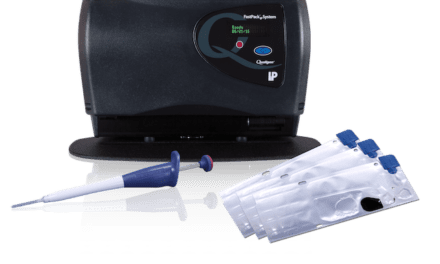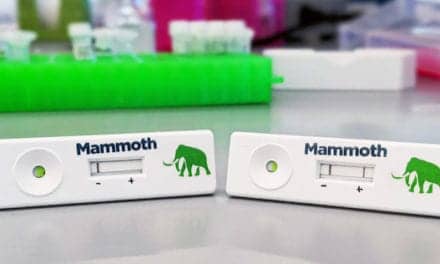Attendance at the annual meeting of the American Association for Clinical Chemistry (AACC) reached a record high at this year’s conference in San Diego. Held from July 30 to August 3, the meeting featured groundbreaking advances in diagnostic research and technology that aim to solve a broad range of challenging patient health problems.
More than 21,300 laboratory medicine professionals and healthcare leaders registered for the meeting—a 7.9% increase over meeting attendance in 2016 and the highest number of attendees that have come to the meeting in its history.
Highlights of the conference program included five plenary talks presented by life sciences visionaries on subjects ranging from the future of genome engineering with CRISPR to strategies for effectively combating substance abuse. Jennifer Doudna, PhD, winner of AACC’s 2017 Wallace H. Coulter Lectureship Award and coinventor of CRISPR, gave the opening keynote on her current research to refine this revolutionary gene editing tool into a method that could correct disease-causing genes.
Monday’s plenary speaker, Teresa K. Woodruff, PhD, DSc, delved into emerging clinical tests that can help young female cancer patients to manage their fertility as well as potential interventions that could restore ovarian function after chemotherapy or radiation. Tuesday’s plenary with Jay Shendure, MD, PhD, gave an in-depth look at massively parallel DNA sequencing techniques, new technologies on the horizon, and the applications of these techniques in clinical medicine. On Wednesday, Victoria Fraser, MD, discussed the strategies and diagnostic tools that clinical labs can use to curb the spread of antibiotic resistance. And in his closing keynote, A. Thomas McLellan, PhD, emphasized that, in order for true progress to be made in the fight against substance abuse, treatment for addiction must be considered essential to routine healthcare.
Additionally, in a special session, the winner and two finalists from the Qualcomm Tricorder XPrize competition— inspired by the fictional Star Trek tricorder—described their 5-year odyssey to develop a mobile diagnostic device capable of capturing real-time vital health signs and diagnosing 13 health conditions.
The clinical lab expo featured 789 exhibitors and covered 246,000 net square feet, also making it the largest show floor in AACC’s history.
“We are thrilled that this year’s AACC annual scientific meeting drew a record-breaking number of attendees,” says Janet B. Kreizman, CEO of AACC. “This affirms that this meeting is the premier forum for presenting innovative research and technology that is key to advancing laboratory medicine and patient care. I look forward to seeing what new breakthroughs will be unveiled at next year’s conference as the AACC annual scientific meeting continues to grow and drive laboratory medicine and healthcare into the future.”
The 2018 AACC meeting will be held in Chicago from July 29 to August 2.





